Viking Blog
The Conquests and Battles of the Vikings: A Detailed History
The Vikings came from Scandinavia, which includes Norway, Sweden, and Denmark. From the late 8th century to the mid-11th century, they raided and invaded many areas in Europe and beyond. They also settled in these regions. Their military campaigns had strategic attacks, challenging battles, and extensive land acquired. Here’s a summary of their key battles and the lands they took over.
1. Western Expansion: England, Ireland, and Northern Europe
The Raid on Lindisfarne (793)
Location: Lindisfarne Monastery, Holy Island, England.
Details:
- This was the first recorded Viking attack, marking the beginning of the Viking Age.
- The Vikings came in longships. They attacked the unprotected Lindisfarne monastery. They plundered its wealth and killed the monks.
- The raid was brutal, with reports that attackers had slain, drowned, or taken monks as slaves.
Significance:
- This raid shocked Europe because people viewed monasteries as sacred and untouchable.
- It signaled the start of continued Viking incursions into Britain and beyond.
The Viking Invasion of England (865–878)
Location: Anglo-Saxon kingdoms (modern England).
Details:
- In 865, the “Great Heathen Army” invaded England. Ivar the Boneless, Halfdan Ragnarsson, and Ubba led this group of Viking warriors.
- They took Northumbria with great speed, killed King Ælla, and seized East Anglia and Mercia.
- In 871, King Alfred the Great of Wessex fought back against the Vikings. This started a long struggle.
- In 878, Alfred beat the Vikings at the Battle of Ethandun. This victory led Viking leader Guthrum to accept baptism and sign the Treaty of Wedmore.
Significance:
- The treaty divided England into Viking-controlled Danelaw and Anglo-Saxon-controlled Wessex.
- It marked the beginning of a Viking presence in England that lasted for over a century.
The Battle of Clontarf (1014)
Location: Clontarf, Ireland.
Details:
- Vikings settled in Ireland in the 9th century. They built major cities, including Dublin.
- The battle happened between Irish High King Brian Boru and a Viking-led group. This group included the Norse from Dublin and their Irish allies.
- Brian Boru’s forces achieved victory, but he lost his life in the aftermath.
Significance:
- The battle reduced Viking strength in Ireland. This caused their slow decline in the area.
- However, Viking influence in Irish trade and settlements persisted.
2. Eastern Expansion: Eastern Europe and the Byzantine Empire
The Varangian Route and the Kievan Rus’
Location: Eastern European rivers (Volga, Dnieper).
Details:
- Vikings, or Varangians, used rivers to create trade routes. These routes linked Scandinavia to the Byzantine Empire and the Arab world.
- They founded key settlements such as Novgorod and Kyiv, leading to the rise of the Kievan Rus.
- In 860, Viking fleets attacked Constantinople, but Byzantine defenses repelled them.
Significance:
- The Kievan Rus’ became a major power and the foundation of modern Russia, Ukraine, and Belarus.
- Many Vikings worked as mercenaries in the Varangian Guard. This was an elite military unit in the Byzantine Empire.
Battles with the Byzantine Empire
Location: Constantinople (modern Istanbul, Turkey).
Details:
- Vikings launched many attacks on Constantinople between the 9th and 11th centuries.
- Some Viking warriors made peace with the Byzantines. Then, they joined the famous Varangian Guard.
- They played a crucial role in Byzantine military campaigns and defenses.
Significance:
- The Varangian Guard was a feared and respected military unit in the Byzantine Empire.
- Viking-Byzantine relations evolved from conflict to cooperation.
3. Southern Expansion: France, Spain, and the Mediterranean
Viking Attacks in France
Location: Along the Seine River in France.
Details:
- Vikings first raided France in 841 and besieged Paris in 845 under the command of Ragnar Lodbrok.
- They extracted a large ransom from the French king, Charles the Bald.
- The Vikings laid siege to Paris again in 885–886. This led to a lasting influence in the area.
- In 911, Charles III signed the Treaty of Saint-Clair-sur-Epte. This gave Viking leader Rollo the land of Normandy. In return, Rollo promised loyalty and defense against more raids.
Significance:
- Normandy was once a Viking-controlled area. It later became important in European history.
Raids in Spain and North Africa
Location: Spanish coast, North Africa.
Details:
- In the mid-9th century, Vikings raided Spain. At that time, the Moors controlled Spain, which they called Al-Andalus. They also targeted North Africa.
- In 844, they sacked Seville, but the Moors later forced them to leave.
Significance:
- These raids highlighted Viking maritime strength and its ability to reach distant lands.
4. North Atlantic Expansion: Iceland, Greenland, and North America
Settlement of Iceland (874)
Location: Iceland.
Details:
- Ingólfr Arnarson became the first Viking settler in Iceland.
- Iceland became a unique Viking society. In 930, it founded a democratic assembly called the Althing.
Significance:
- Iceland preserved Viking traditions and Norse sagas, providing valuable historical records.
Settlement of Greenland (Late 10th Century)
Location: Greenland.
Details:
- Erik the Red established Viking settlements in Greenland.
- These settlements thrived for centuries. But, they declined in the end due to climate change and isolation.
Significance:
- Greenland was a crucial stepping stone for further Viking exploration.
Exploration of North America (circa 1000)
Location: Vinland (modern Newfoundland, Canada).
Details:
- Leif Erikson went on an expedition to North America. He set up a brief settlement at L’Anse aux Meadows.
Significance:
- This was the first confirmed European presence in the Americas. It happened almost 500 years before Columbus arrived.
5. Decline and Legacy
Causes of Decline
- Conversion to Christianity reduced raiding motivations.
- Viking settlers assimilated into local cultures.
- The rise of centralized European kingdoms made further Viking invasions difficult.
Legacy
- Viking influence shaped many modern cultures, especially in Britain, Ireland, and France.
- Major cities like Dublin, York, and Kyiv have Viking origins.
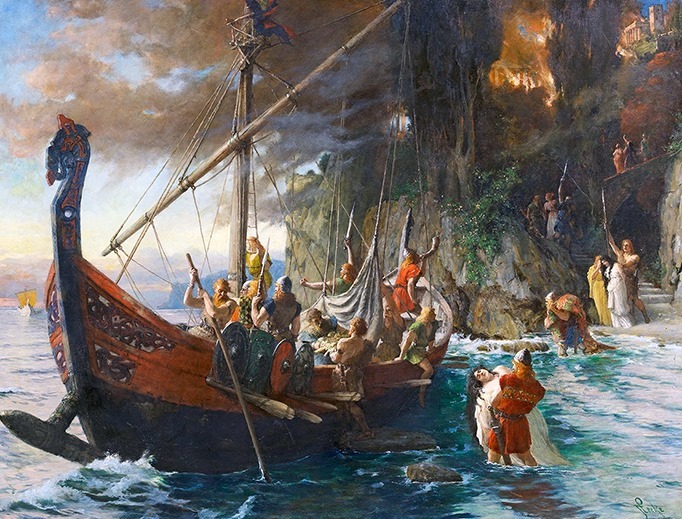
Conclusion
The Vikings were fierce warriors. They were also great explorers, traders, and settlers. Their conquests and battles changed medieval Europe. They also had a lasting impact on world history.

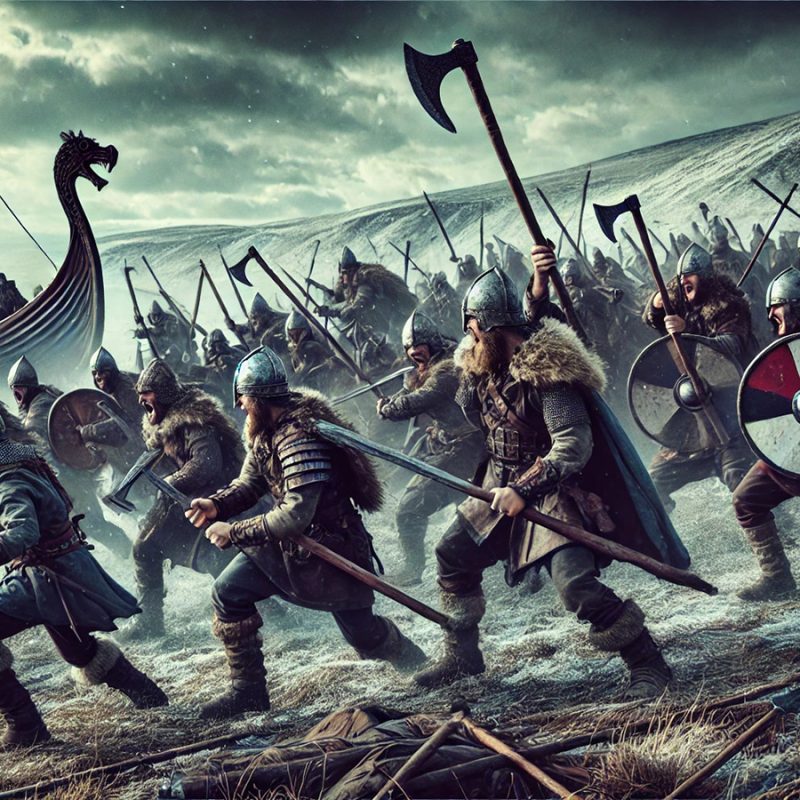
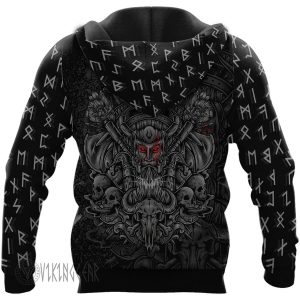
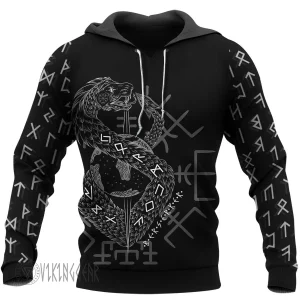
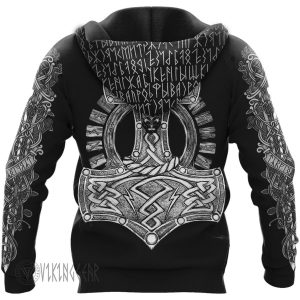
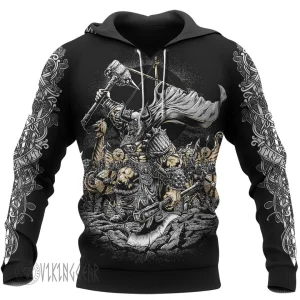



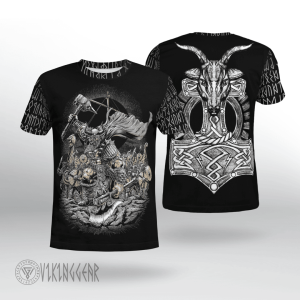

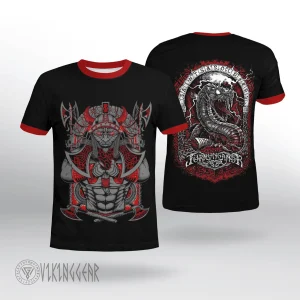



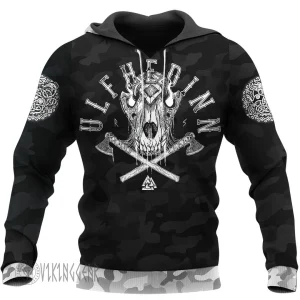



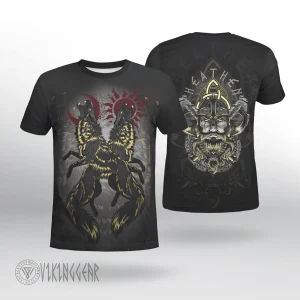


That is awesome information, thank you. My family traces back to the vikings in the 1100’s and this information is very valuable to me, again thank you 🙏